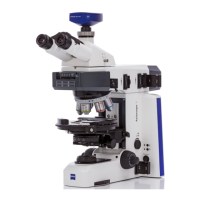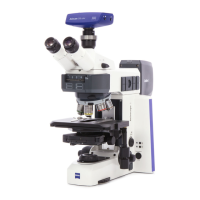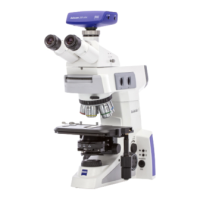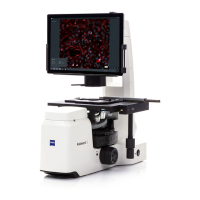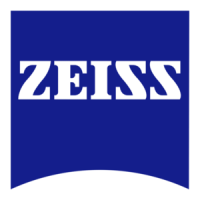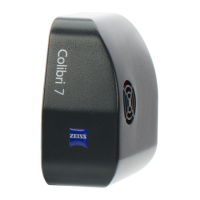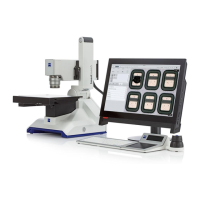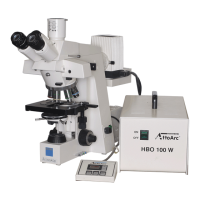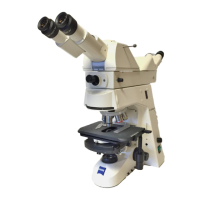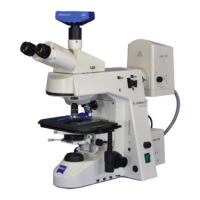Why is there shading in the field of view of my Zeiss Microscope?
- AAmanda DoughertyAug 4, 2025
Shading or brightness irregularities can occur in your Zeiss Microscope's field of view due to several reasons. It could be that the vis/phot push-pull rod/shift knob on the photo tube is not in the correct functional position, meaning it's in an in-between position. To resolve this, move the vis/phot push-pull rod/shift knob to the correct end position. Another cause could be that the nosepiece with the objective is not fully engaged in its locking position; ensure the nosepiece is fully engaged. Other potential causes include incorrect adjustment of the condenser, aperture diaphragm, or field diaphragm. Also, check that the filter is correctly inserted in its slot.
